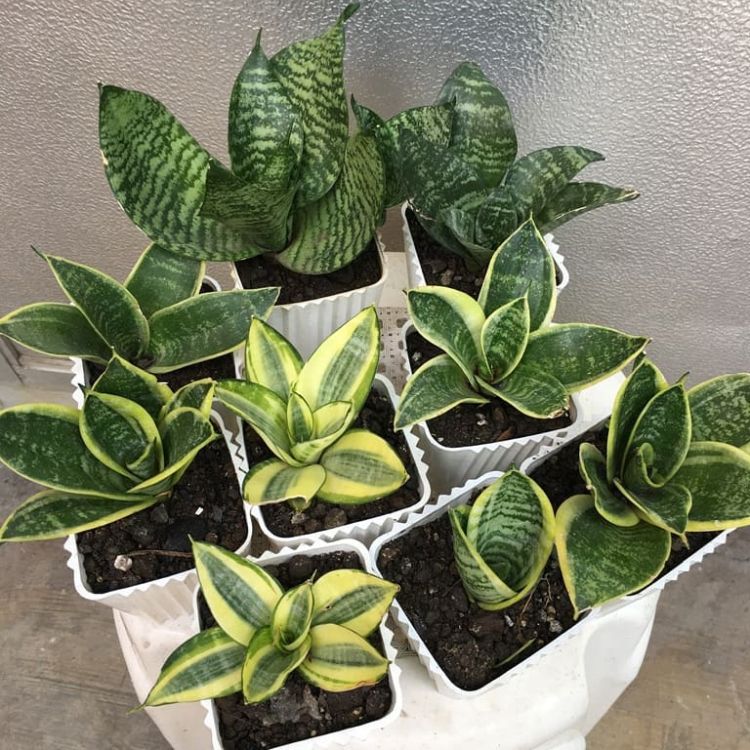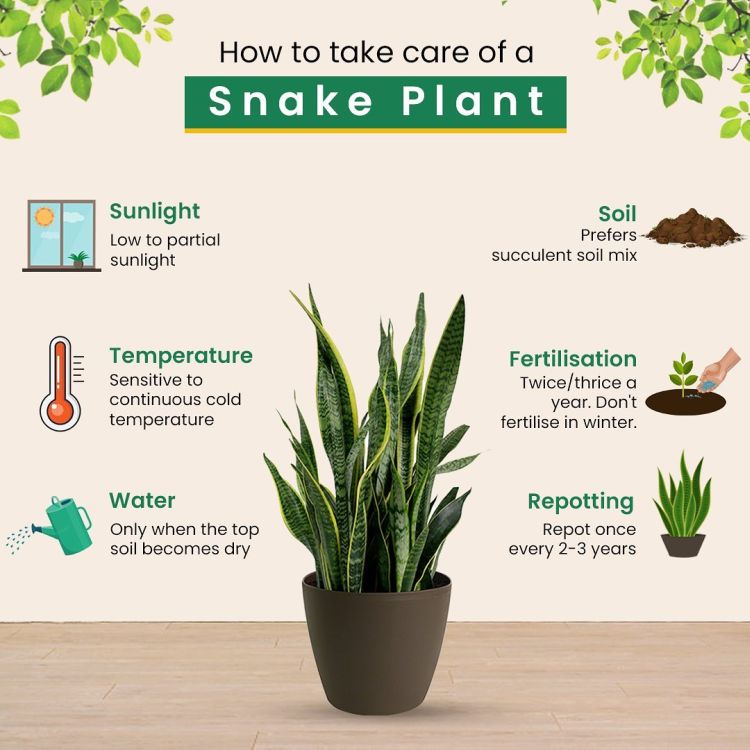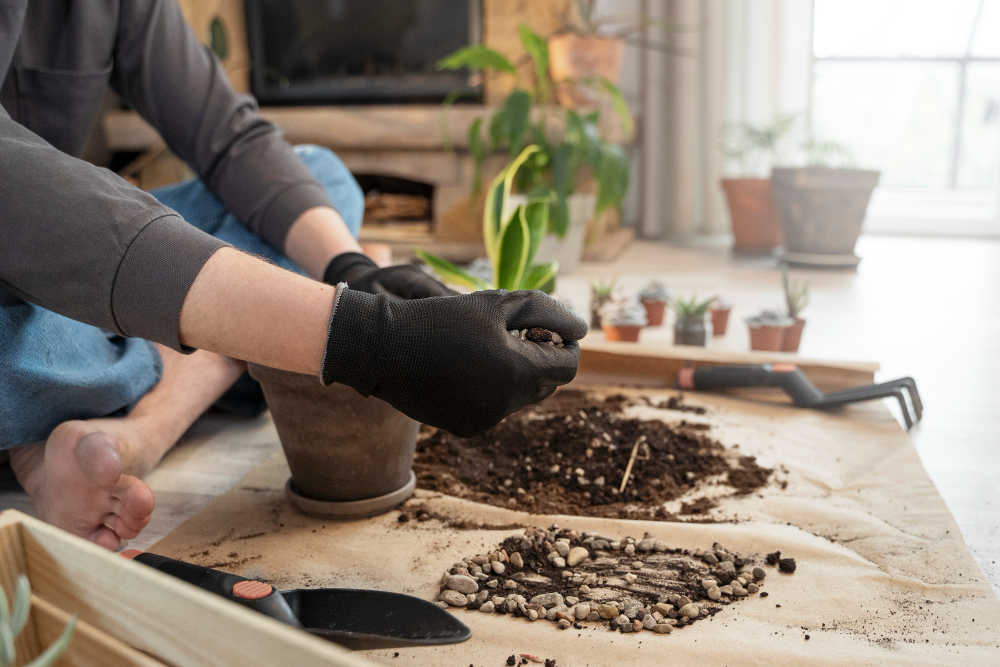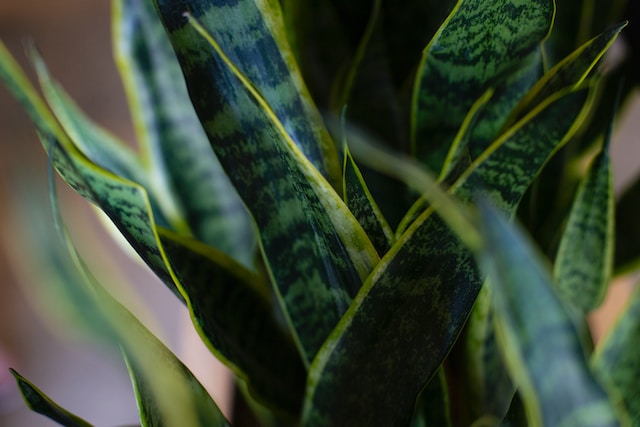Last updated on February 10th, 2024 at 05:53 am
Snake plants are known as “Mother-in-Law’s Tongue” or Sansevieria. They’re perfect for beginners and loved by experienced gardeners too. It is super easy to take care of a snake plant. Here’s how to look after a snake plant in your home!

Image credit:snakeplant.nepal
These beautiful succulents come from parts of Africa and are also found growing naturally in tropical regions like Hawaii and Florida. These plants typically feature tall, upright leaves that narrow to a point at the top. Despite belonging to the same botanical family, individual types of snake plants display distinct appearances. For instance, Zey boasts unique tiger-like stripes and considerable height for added visual appeal, whereas Mikey is more compact and perfectly suited for placement on shelves or desks. Among them, Apollo stands out as the rarest variety within our collection. Nonetheless, caring for Apollo is as straightforward as tending to Susie, who, known for her adaptability and availability in various sizes, serves as a versatile addition to any space.
Freezing temperatures and overwatering can seriously harm a snake plant, both of which contradict the proper care of a snake plant. If the soil remains excessively wet, it can lead to root rot, and prolonged exposure to low temperatures can result in damage to the leaves. Here’s how to take care of a snake plant in your home!

Image credit:trustbasket
Contents
1-Watering Tips for Proper Care of a Snake Plant
Snake plants need water only when their soil is completely dry, and it’s essential to water them thoroughly. In winter, check the soil every 2 weeks; sometimes, you might only need to water it after a month. If you notice the leaves becoming dry and brittle, give the plant water immediately. Try pouring water into the bottom of the pot when you can. This helps the roots grow down deep and makes the tall leaves strong and steady.
During active growth periods like summer and spring, watering every two weeks should be sufficient. Remember, giving too much water can harm a snake plant. If it’s overwatered or remains in water for too long, its roots can rot. Yellow leaves are a sign that you’re providing excessive water. Understanding the appropriate water levels is crucial for effectively taking care of a snake plant.
2- Light Conditions for the Care of a Snake Plant
Taking care of a snake plant is incredibly easy. These plants can flourish in nearly any light condition, but they won’t enjoy being confined to a dark room indefinitely. Typically, snake plants thrive best in bright locations, where they can receive 8 to 10 hours of bright but indirect sunlight daily, or 2 to 3 hours of direct sunlight in the early morning. Excessive direct sunlight can result in burns and leaf damage. While snake plants can tolerate shade, insufficient light can slow down their growth and make their color less vibrant. However, don’t stress about finding the perfect spot.
Snake plants are incredibly adaptable. They’ll adjust and thrive in the varying light conditions you provide. So, feel free to place them wherever works best for you—they’ll happily grow without any hassle.
3-Temperature Guidelines for the Care of a Snake Plant
Maintaining the right temperature is crucial for the care of a snake plant. These resilient plants prefer temperatures between 55°F to 85°F (13°C to 29°C) and can adapt to various indoor conditions. However, it’s essential to avoid extreme temperatures. Sudden drops below 50°F (10°C) or excessive heat above 90°F (32°C) can stress the plant and affect its growth. During colder months, shield them from drafts and cold windows, and provide some warmth to maintain their health.
While in hotter seasons, protect them from intense sunlight that could cause leaf damage. Snake plants are resilient and can adapt to different temperature conditions to some extent. However, maintaining consistent, moderate temperatures within their preferred range will promote healthier growth and vibrant foliage.
4- Soil For Snake Plant

Image by Freepik
Selecting the right soil is crucial for the thriving growth of your snake plant. These plants flourish in soil that provides proper drainage and aeration for their root system. When choosing soil for your snake plant, opt for a well-draining potting mix specifically designed for succulents or cacti. This mix prevents water accumulation around the roots, reducing the risk of root rot that could potentially harm the plant.
A blend of sandy soil, enriched with perlite or coarse sand, promotes excellent drainage while retaining essential moisture. It’s important to avoid heavy or compact soil types that restrict airflow and may cause potential root issues. During repotting, use fresh, well-draining soil in a container with adequate drainage holes to prevent waterlogging.
5-Fertilizer For Snake Plant
Feeding your snake plant with the right fertilizer helps it grow, but it’s important to do it wisely. don’t feed your snake plant in winter. During this time, it’s resting, and too much fertilizer can stress it out. Instead, focus on good watering habits and let your plant take a break. By feeding your snake plant at the right times, you’ll help it grow without causing any harm.
6- Repotting of a Snake Plant
You can probably keep your snake plant in its original pot for a while unless its roots start coming out from the bottom. Snake plants grow slowly, so they don’t need to be repotted often.
If it seems too big for its pot, consider moving it to a larger one in spring using special soil for houseplants or cacti. Make sure the decorative pot is heavy enough to prevent taller snake plants from tipping over.
FAQS
1-How do I prevent yellowing leaves on my snake plant?
Yellow leaves can indicate overwatering. Adjust your watering schedule to ensure the soil dries out adequately between waterings, and avoid keeping the plant in standing water.
2- How should I fertilize my snake plant?
Give your snake plant a balanced, slow-release fertilizer, diluted by half, in spring and mid-summer. Skip fertilizing during winter when the plant takes a rest.
3- How often should I water my snake plant?
Snake plants should be watered only when the soil has completely dried out. During the winter months, check the soil every two weeks to assess dryness. However, in active growth periods such as summer and spring, watering every two weeks when the soil is dry should be sufficient for the snake plant’s watering needs.
4-How do I prevent yellowing leaves on my snake plant?
Yellow leaves can indicate overwatering. Adjust your watering schedule to ensure the soil dries out adequately between waterings, and avoid keeping the plant in standing water.
5- What type of soil is best for snake plants?
Choose a well-draining potting mix designed for succulents or cacti. A blend of sandy soil with perlite or coarse sand provides excellent drainage while retaining necessary moisture. Avoid heavy or compact soils that impede airflow.
Understanding when to water, providing good light, keeping the temperature right, using well-draining soil, and giving occasional plant food during growth times keeps snake plants healthy. By following these tips, both new and experienced plant lovers can effortlessly enjoy the beauty of these captivating plants in their homes.


3 thoughts on “How to Take Care of A Snake Plant”